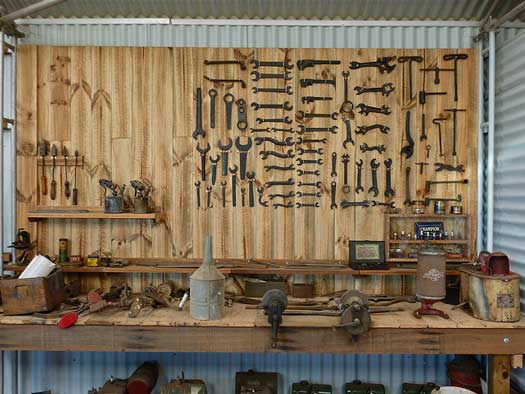Like your dad told you: A place for everything and everything in its place
Body
One of the most important goals of lean manufacturing is the elimination of waste. Taiichi Ohno, father of the Toyota Production System (TPS), defined three categories of waste: mura, muri, and muda. While muda is the most widely known, muri and mura are equally important to understand.
|
ADVERTISEMENT |
…
Want to continue?
Log in or create a FREE account.
By logging in you agree to receive communication from Quality Digest.
Privacy Policy.

Comments
Muda or Mura?
"While muda is the most widely known, muri and muda are equally important to understand."
I beleive the second reference to muda should be mura. I think there is a type.
Thank you, Dirk
mura it is
Add new comment